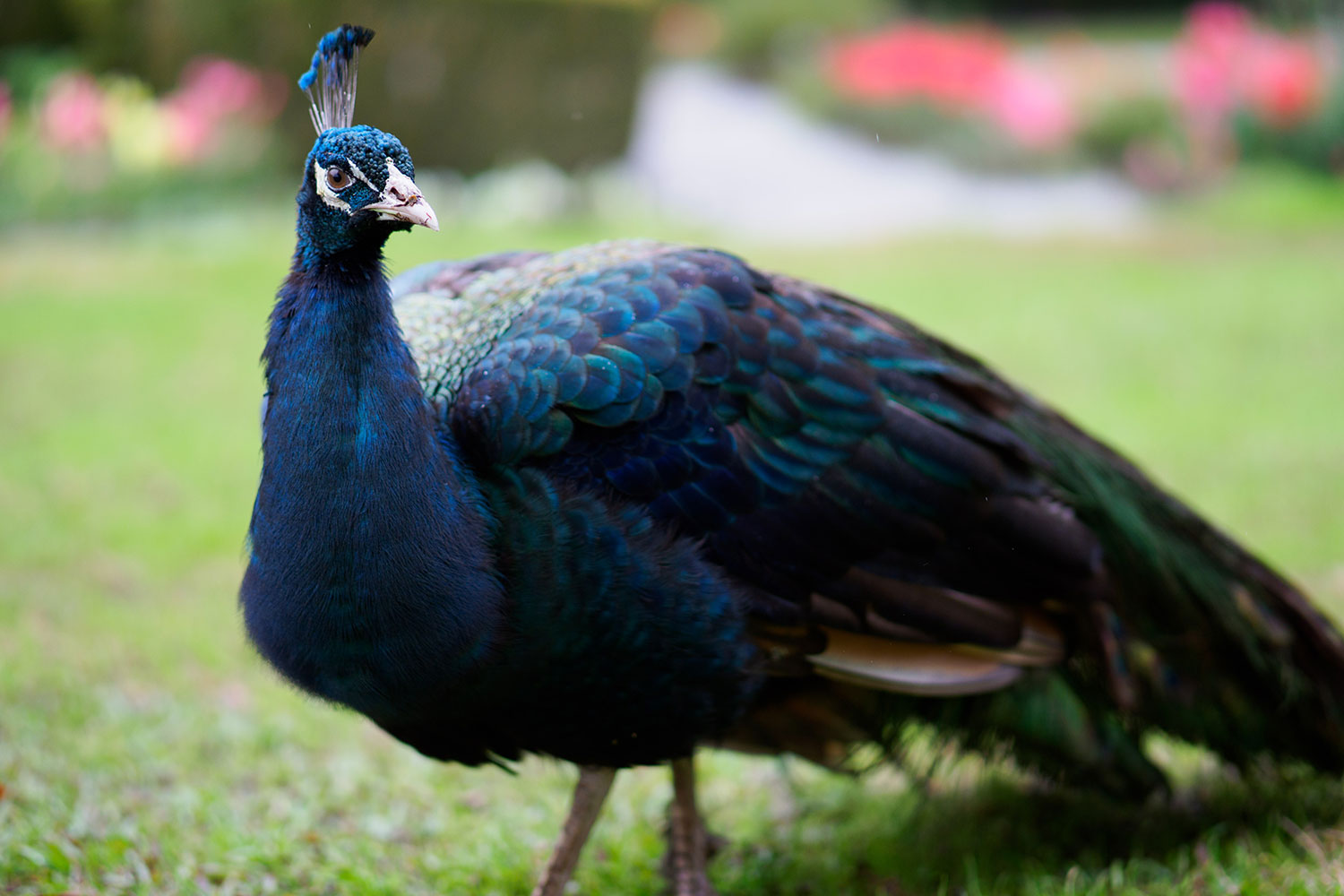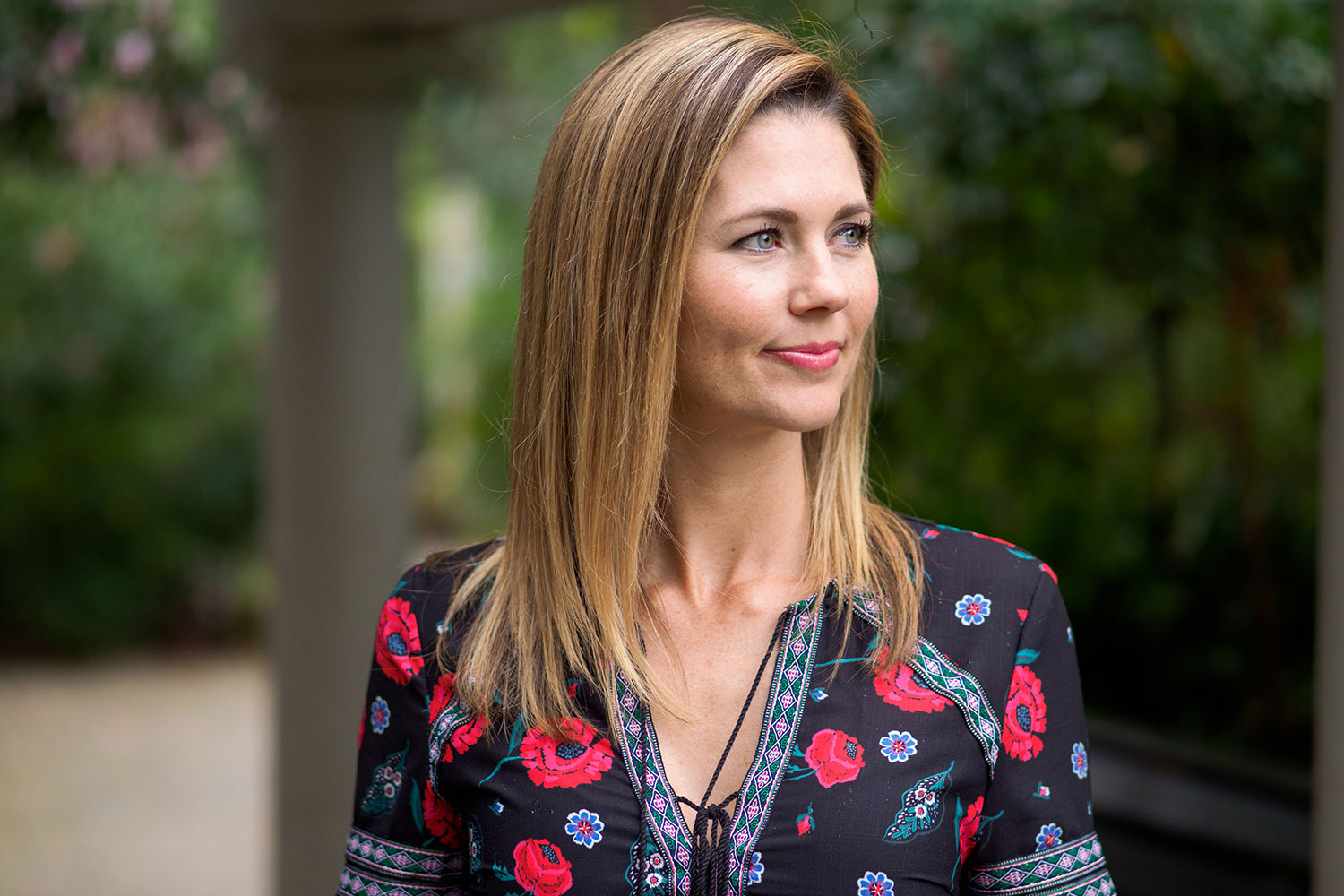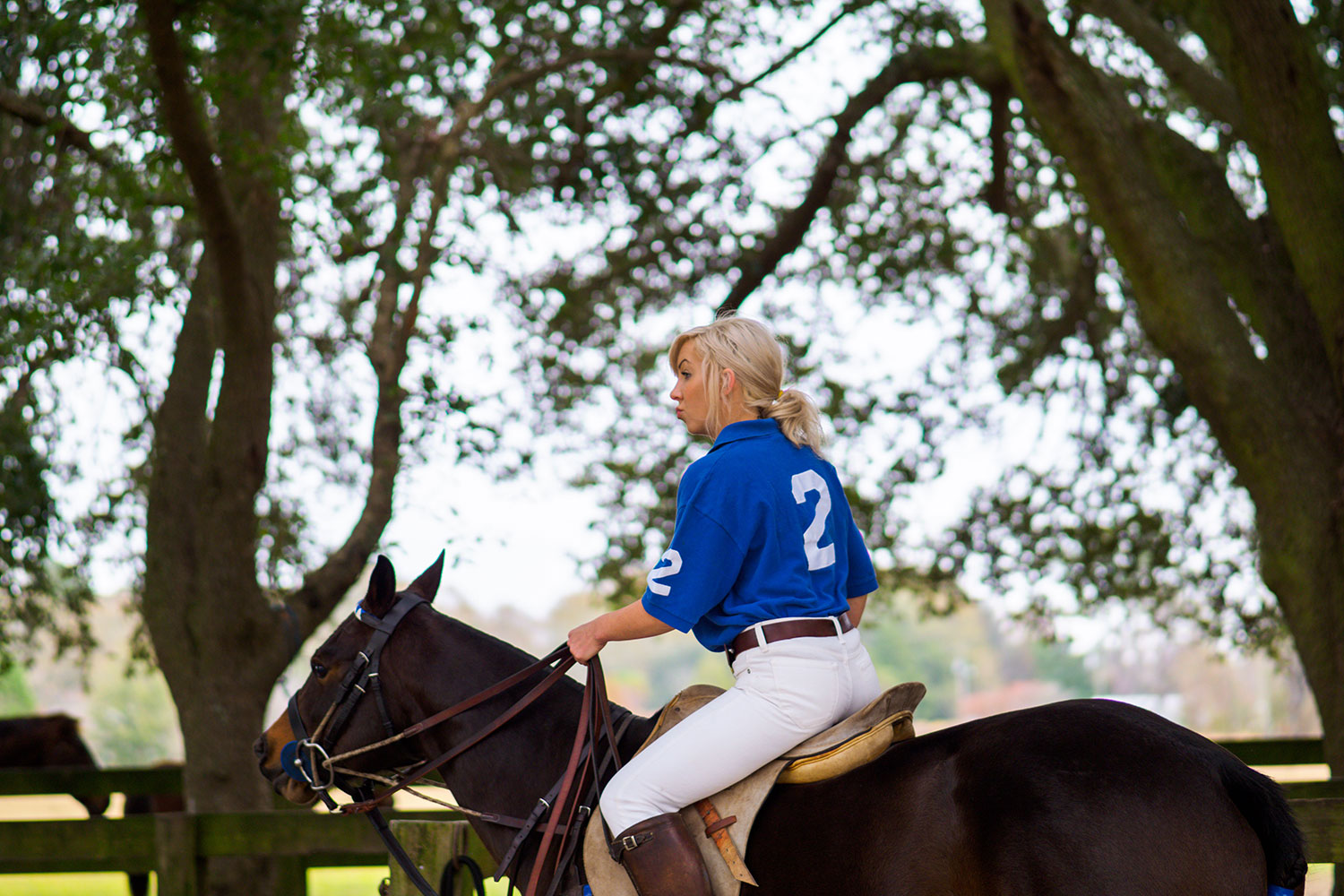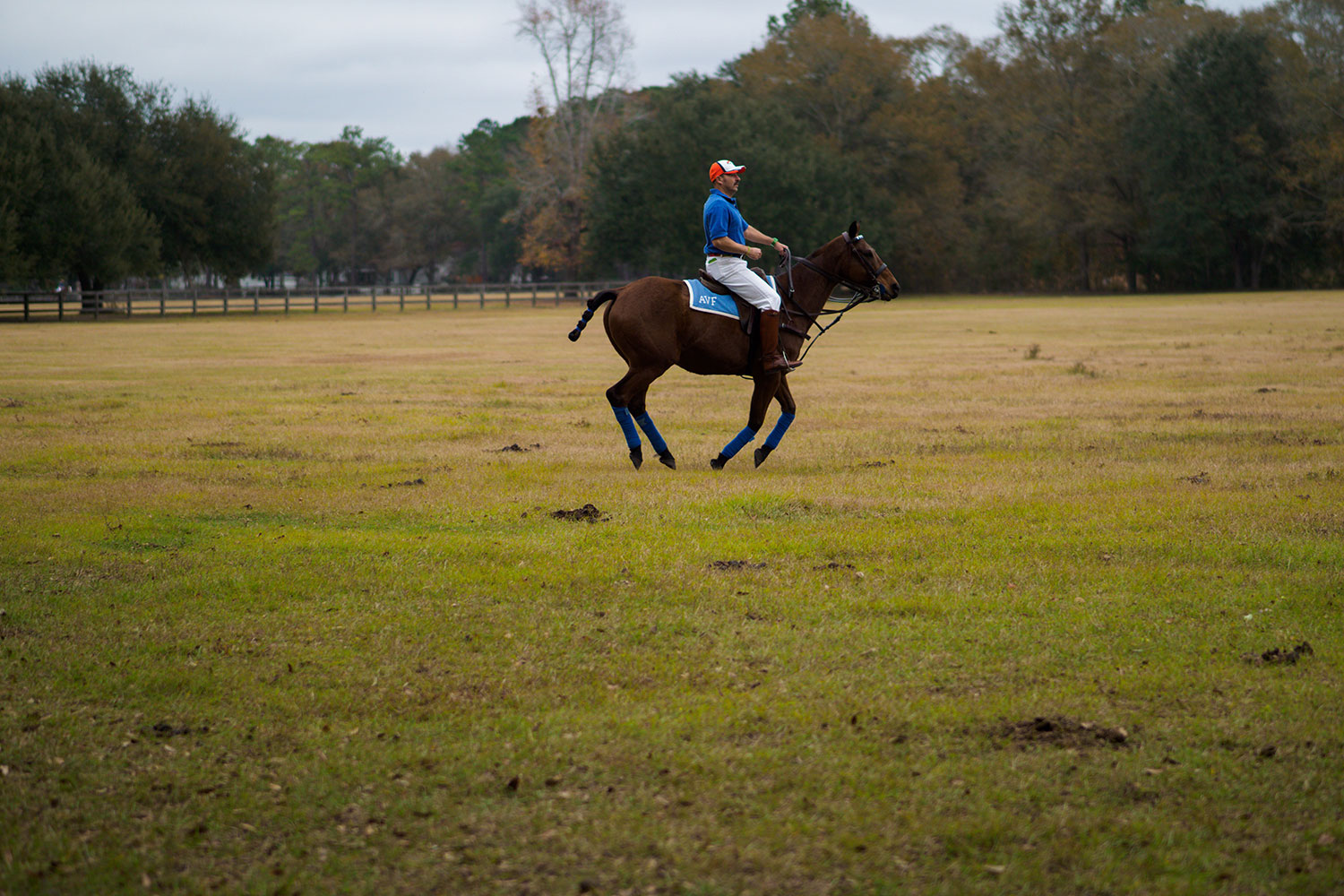- Pleasing “feathered bokeh” effect
- F/1.2 aperture
- Very sharp, even wide open
- Weather-sealed design
- AF/MF clutch
- Held back by MFT sensors
Micro Four Thirds shooters have had a decent selection of portrait lenses for a while, from both Panasonic and Olympus, but the standout model is undoubtedly the Panasonic Leica 42.5mm f/1.2. This is the one people talk about, and for good reason. Released in 2014, that lens set the bar for fast, sharp, portrait-length primes for the MFT system. Now, more than three years later, it finally has some direct competition in the form of the Olympus M.Zuiko 45mm F1.2 Pro.
The 45mm is the longest in Olympus’ new M.Zuiko F1.2 Pro series, which also includes the 17mm F1.2 Pro and 25mm F1.2 Pro. The series was built with consistency in mind, so that photographers can switch between the three lenses and get similar results from each, aside from the obvious effects of different focal lengths. This means sharp performance wide open, but also a specific look and feel that yields subjectively pleasing results, particularly when shooting portraits.
This is why the 45mm is perhaps the most exciting entry in the series — everything about it is finely tuned for portrait photography. It may not have the same versatility as the wider 25mm and 17mm, but being narrowly tailored for a single task means it performs extremely well in the right conditions. In fact, it is our favorite portrait-length lens for the MFT system. A $1,200, it doesn’t come cheap, but it’s perhaps not as high as we could have expected: The Panasonic 42.5 f/1.2 launched at $1,600, although is selling for $1,400 at the time of writing.
Design and build quality
All of the M.Zuiko F1.2 Pro series lenses are built with the same exacting standards, both inside and out. This means a complex optical design housed in a dust and splash-proof body. With about 1 millimeter of length difference between the three, they all look extremely similar, with a premium, metallic black finish that looks right at home mounted on the flagship OM-D E-M1 Mark II camera. A Lens Function (L.Fn) button provides access to a selection of programmable controls, and the focus ring slides back to engage manual focus with true hard stops at both ends of the focusing range. As you would expect for the price, everything feels very well made.
The lens gives a 90mm full-frame equivalent focal length, a small yet noticeable difference over the 85mm equivalent length of the Panasonic 42.5mm. This means a modestly narrower field of view and ever so slightly more compression distortion, a flattering effect for portraiture. The optical formula is made up of 14 elements in 10 groups, including one extra-low dispersion element, four high-refractive index elements, and one aspherical element. This is a tad less complex than the almost bewildering formula for the 25mm F1.2 Pro, but quite a bit more so than most portrait primes — save the Panasonic 42.5mm, which features 14 elements in 11 groups.
Image quality and feathered bokeh
Obviously, one clear reason many people will be attracted to this lens is that f/1.2 aperture and the promise of ultra shallow depth of field. However, when it comes to separating a subject from the background, there’s more to it than simple depth of field control. Olympus’ goal with the F1.2 Pro series was to craft a specific quality of blur, which the company calls “feathered bokeh.” The look reminds us somewhat of lenses that use apodization filters, such as the Fujifilm XF 56mm F1.2 R APD and Sony 100mm f/2.8 STM GM OSS, with a softer, smoother rendition of out of focus areas.
This is our favorite portrait-length lens for the MFT system. Everything about it is finely tuned for portrait photography.
Essentially, there are three types of bokeh, as defined by the look of the blur circle produced by a lens: ring, solid, and “feathered.” A feathered blur circle can best be described as more “natural,” and is often less distracting from the brighter solid and ring types, drawing more attention to the subject rather than the background. Achieving this effect requires very precise design and manufacturing. In fact, as Olympus demonstrated for us using its in-house lens simulation tool, moving a single element by a mere 5 microns was enough to drastically alter the quality of bokeh, changing the blur circles from feathered to solid.
How much you notice the effect depends on how and what you shoot. At f/1.2, you can see it easily if you have any bright points of light in the background. But Olympus also says this is what gives the F1.2 Pro series lenses their smooth focus falloff, an effect that we can confirm firsthand. Particularly when shot wide open, this lens yields absolutely beautiful portraits. The use of a nine-bladed aperture diaphragm also helps ensure rounder blur circles at all apertures.
Like the other two lenses in the series, the 45mm has a nice vignette at f/1.2 that further helps draw attention to your subject. This does mean it might be less effective in low light than you may be hoping for. In dark situations, keep your subject near the center of the frame for the brightest exposure; anything near the edges will appear significantly darker. And while we rather liked the look of the vignette for portraits, closing the aperture by even a single stop essentially removes it, so it is easy to get rid of when you don’t want it.
Sharpness is also excellent. Details like eyelashes come through clearly, even at f/1.2. There is a slight advantage to stopping down, but this is a lens you can easily shoot wide open without worry. While we noticed a fair amount of chromatic aberration on both the 17mm and 25mm F1.2 Pro lenses, the 45mm appears to be much better corrected. Wide open, we still picked up a hint of purple fringing in backlit scenes, but this was limited to the edges of the frame and only apparent when we really looked for it.
However, performance is somewhat limited by the Micro Four Thirds format itself. The smaller sensors, with their 2x crop factor compared to full-frame, simply don’t have the resolution nor the noise performance of larger sensors. Both of these factors limit the amount of detail you can realistically expect out of this lens.
Our test camera was the aforementioned OM-D E-M1 Mark II, which uses a 20MP sensor that forgoes an antialiasing filter. Dropping the AA filter helps improve resolution, but it does so at the expense of increased moiré patterning, which poses a particular problem for portraits: Fine details, such as fabric textures, can be obfuscated by moiré. In our experience, we also saw this crop up frequently as false color in our models’ hair. The effect is usually only noticeable when viewing an image at 100 percent, and also depends on distance from the subject, but this is undoubtedly something discerning photographers would prefer to avoid.
Sharpness is excellent. Details like eyelashes come through clearly, even at f/1.2.
As we’ve noted in our reviews of the other lenses in this series, it’s also worth pointing out that f/1.2 on MFT is equivalent to f/2.4 on full-frame. This isn’t necessarily an issue, but anyone accustomed to shooting full-frame who might be considering switching to MFT should keep this in mind. The 45mm F1.2 Pro won’t be able to produce quite as shallow a field as your 85mm f/1.8 or f/1.4 full-frame lens.
All of that said, the drawbacks of the MFT system do little to detract from the many merits of this lens. MFT photographers certainly have no reason to doubt it; rather, this lens is simply pushing the format forward. We hope that the next generation of MFT cameras can catch up; even just improving base ISO noise would do a lot to help the system better compete against larger-sensor rivals.
Warranty
Olympus offers a one-year warranty on MFT cameras and lenses. A four-year extended warranty is available for $79.
Our Take
The Olympus 45mm F1.2 Pro may not be objectively better than the Panasonic Leica 42.5mm f/1.2, but it has subjective qualities that, we feel, make it the better choice for portrait photographers. The slightly longer focal length combined with the signature feathered bokeh — not to mention lower price — give it the edge. If it weren’t for the limitations on the sensor side of the equation, we could quite happily put this lens in the same league as our favorite full-frame portrait lenses, like the Sigma 135mm f/1.8.
That said, Micro Four Thirds certainly has its benefits. While the 45mm F1.2 Pro may be large compared to other lenses for the system, it is considerably smaller and lighter than its full-frame counterparts. Add in the in body image stabilization found on many MFT cameras, and this makes it much easier to use handheld. While we can find faults if we compare it to other formats, keeping our focus within the MFT world reveals one simple conclusion: This is about as close to perfect as you can get.
Is there a better alternative?
Not really, although there are certainly cheaper alternatives. The Olympus 45mm F1.8 or Panasonic 42.5mm F/1.7 can be picked up for under $400, and both are considerably more compact, as well. The F1.2 Pro series isn’t for everyone, but professionals and enthusiasts won’t find anything better at this focal length.
How long will it last?
Like all of Olympus’ Pro series glass, the 45mm F1.2 is built extremely well. As a high-end optic with years of research and development behind it, we also doubt it will be superseded for many years to come.
It will easily outlive whatever camera you choose to attach it to, and should live up to the higher expectations of future MFT sensors.
Should you buy it?
In case it’s not obvious by this point: Yes. While the price puts it out of reach for some, MFT shooters with room in their budgets will undoubtedly be happy with the addition of the Olympus 45mm F1.2 Pro to their kits. It’s one of the finest portrait lenses we’ve ever tested, and it will only get better as Four Thirds sensors continue to evolve.















